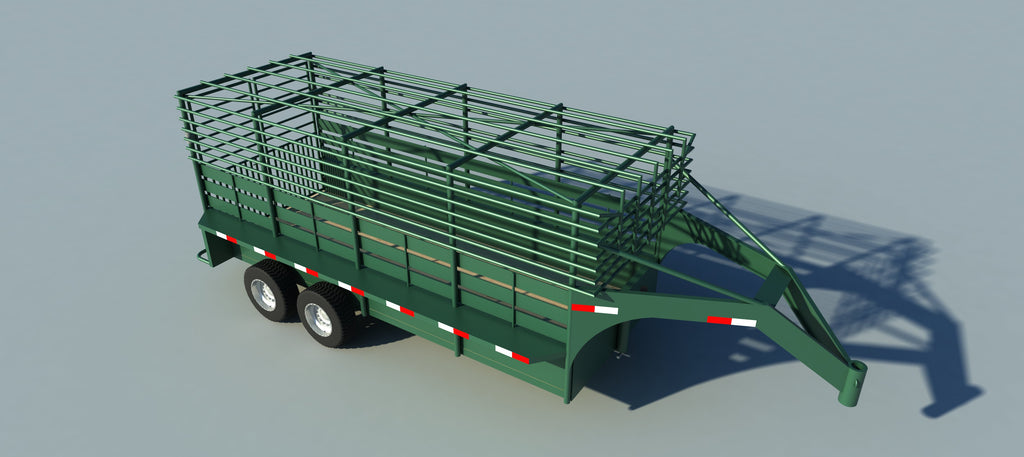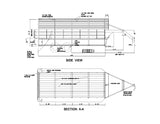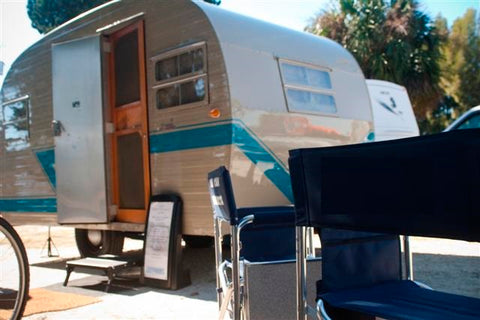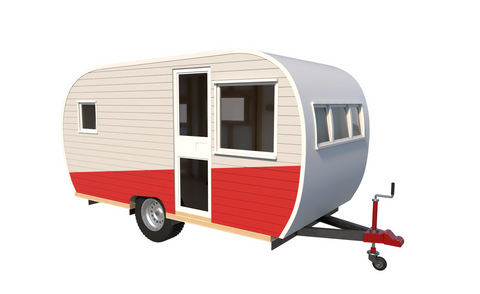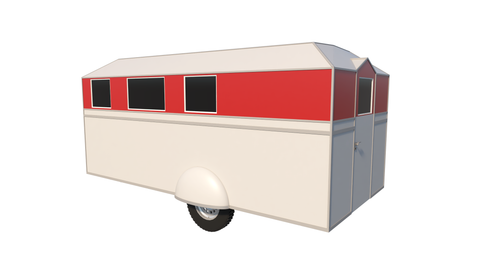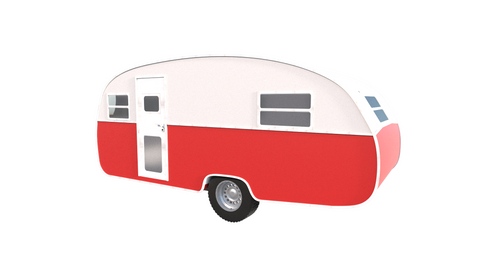Build Your Own 16' Gooseneck Trailer Plans DIY Homemade Flat Deck Carrier
These plans will show you how to Build A Gooseneck Trailer. It will be 16' long by 8' wide.
What is a Goose Neck Trailer?
The advantages of gooseneck trailers are clear. They are more stable than most other types of trailers, and they are more expensive than bumper pulls. However, they come with some drawbacks, too. Read on to learn more about how to Build A Gooseneck Trailer. Listed below are some of the advantages of gooseneck trailers. If you are thinking about purchasing one for your next trip, you should know a little about their characteristics.
Gooseneck trailers are more stable than other trailers
The gooseneck hitch allows for more control. It positions the tongue of the trailer over the rear axle of the tow vehicle, providing lateral pressure that lowers the risk of swaying. This extra stability is especially useful when traveling on winding roads. Gooseneck trailers can carry up to 12 horses, and the sleeping area is large enough for a mattress. These trailers are typically heavier when empty, but this isn't a problem if you tow a lightweight gooseneck.
A gooseneck trailer has less sway than a bumper pull or a cargo trailer. This is because the weight of the tongue rests on the rear axle of the tow vehicle, rather than the front axle. Gooseneck trailers are also much more stable than bumper-pull trailers, and they can pull more weight than other types of trailers. They also have more interior space and a tighter turning radius than bumper pull or bumper-pull trailers.
They require a CDL to tow
Towing a Gooseneck Trailer requires a CDL for both the truck and the trailer. A CDL is not necessary for horse trailers or small flatbed trailers, but it is required for trucks to tow these trailers. The GVWR of the truck, trailer, and cargo must be greater than 26,000 pounds. For example, a one-ton truck and gooseneck combination likely exceeds this weight limit.
Tow vehicle - Towing a gooseneck trailer requires a Class A CDL. The vehicle must be capable of towing at least 10,000 pounds. It is important to check the certification label of the tow vehicle to ensure it meets the minimum requirements. Also, you need to make sure that the driver has at least a Class A CDL to operate the vehicle. It is also necessary to obtain a Class B CDL if you plan on towing commercial motor vehicles that are over two6,000 pounds.
They are more expensive than bumper pulls
If you're interested in getting a gooseneck trailer for your truck, you're probably wondering why they cost more than bumper pulls. They are, after all, longer. A bumper pull can be towed by a truck or SUV, and it will cost about $2,500 less than a gooseneck trailer. Another major advantage of bumper pulls is that they follow the tow vehicle's path more closely than a gooseneck. Additionally, the tongue weight of bumper pulls is much lower than that of a gooseneck, making them easier to crank and pull.
Although both styles of trailers are designed to tow more weight than a bumper pull, goosenecks are typically longer and wider. Therefore, they can haul more weight than bumper pulls. The disadvantage is that goosenecks require special towing equipment, which isn't standard on many trucks. However, if you plan to haul heavy, awkward loads, goosenecks are the way to go.
They have drawbacks
Aside from the tack area, gooseneck trailers have some drawbacks. They require special equipment to tow, add extra weight, and take up space in the truck bed for the hitch. They also limit the use of the truck bed, making them less convenient for people who don't own a pickup truck. And they are more expensive than bumper pull trailers. So, what are the drawbacks of gooseneck trailers?
Despite their benefits, gooseneck trailers have their drawbacks, so they're typically the best choice for experienced haulers. Compared to bumper pull trailers, goosenecks can have up to twice as much cargo space, and they offer a higher-quality ride. In addition, they have more interior space and are more aerodynamic. While gooseneck trailers have some drawbacks, fifth-wheel trailers can be more versatile, and fifth-wheels have more cargo capacity.
All plans are designed by Ben Stone. Ben is a retired Engineer in Canada. Ben also drafts these himself using the latest AutoCAD software to ensure accuracy. He studied Engineering back in the early 1980's. After over 30 years in the Construction industry he developed a passion for building cool items around his farm and cabin. These are great DIY projects. With a little skill anybody can Do It Yourself. Ben is always a email away if you have any questions while building one of his projects. He is adding new plans all the time.

